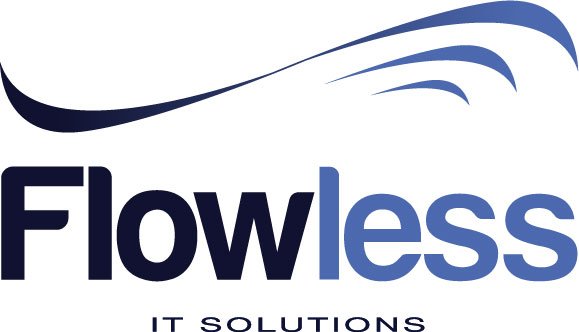Soak testing is a non-functional testing approach that you follow during agile software development. It is used to evaluate the performance of a software program when it is subjected to a large amount of load over a long period of time. Soak testing is used to see if a software program can withstand a large volume of use and to see what happens if it is used outside of its intended parameters.
When a system is utilized for two hours, it may operate normally; but, if the system is used constantly for ten hours or longer, it may fail or behave abnormally/randomly/crash. Soak Testing is used to forecast such failures.
Because an application must be in a functioning state for as long as a day or night, soak testing is best done on weekends. It is entirely dependent on the testing situation’s constraints. Soak tests are one of the most essential compliance criteria that any firm must follow to the letter. Most Soak Tests are governed by the amount of time provided. If an application requires a long length of time, it must execute without interruption. It should include all of the possibilities that the stakeholders have agreed upon.
The time between such window periods is a major driver for defining the scope of a Soak Test. Almost every system comes with a maintenance period, and the time between such window periods is a critical driver for determining the scope of a Soak Test.
For example, banks that develop systems to work with merchants should do soak testing. This is where the tester would system under a load for up to 150 hours continuously to monitor how it would behave. During soak testing, you will try to locate some common issues. They include memory allocation problems, database resource utilization problems, performance degradation related issues, connection issues, and gradual degradation of the systems along with time.
— Slimane Zouggari
